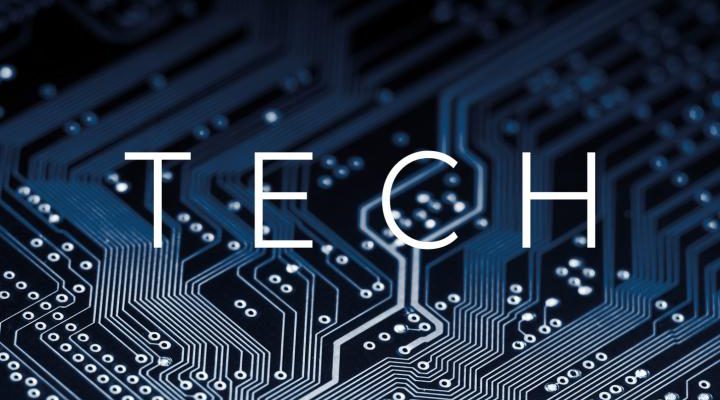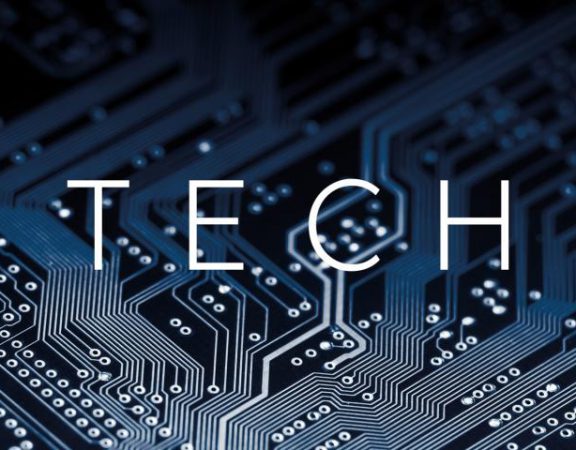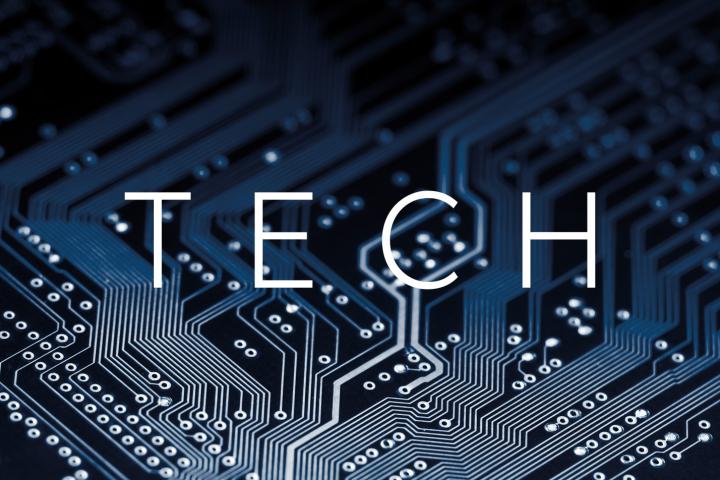

IT during 2018
Yes, it’s that time of the year again. Another year gone by, which means another batch of predictions for the future. In our last post we predicted cyber security for this 2018.

Now it’s time to talk about tech industry and what we can expect from it during this new year.
Prediction 1: AI will start to enable empathetic, intelligent computing
As powerful and advanced as the tech products we use everyday may be, it’s still a stretch to call them “intelligent.” Sure, they can perform impressive tasks, but in many ways, they still can’t do the simplest of things, particularly in helping us do what we “meant to do” or thought to do, as opposed to exactly what we told them to do.
The problem boils down to a question of interpretation, or the lack thereof. Eventually, we’ll all have devices and services that do what it is we’re trying to do in the most intelligent, most efficient way possible. The reality of those completely intelligent devices is still a long way off, of course, but in 2018, we think we’ll start to see some of the first significant glimpses of what is yet to come, through key enhancements in the various personal assistant platforms (Alexa, Google Assistant, Siri, etc.).
Specifically, we believe practical advancements in artificial intelligence will start to enable a more contextual form of computing with some of our devices, particularly smartphones and smart speakers. Going beyond the simple question and single, discrete response that typically marks these interactions now, we should start to see more human-like responses to our queries and requests. Multi-part conversations, more comprehensive answers, as well as appropriate and even insightful suggestions based on what it is we’re doing (or trying to do), will start to give us the sense that our devices are getting smart.
Prediction 2: Internet of Things apps accelerate computing shift to the digital edge
Gartner, Inc. forecasts that 8.4 billion connected things will be in use worldwide in 2017, up 31 percent from 2016, and will reach 20.4 billion by 2020. In 2018, as these devices multiply, the computation needs at the heart of the Internet of Things (IoT) will increasingly shift to the digital edge.
Maintaining low latency is one of the main reasons companies are moving large amounts of data from IoT devices closer to cloud processing and analytics at the edge. But placing interconnection at the edge will also save on network costs, as companies filter out volumes of useless IoT data near the source to gain the faster access to valuable insights needed by IoT-enabled innovations like smart hospitals. And in growing numbers of regions, data must be processed at the edge to comply with data residency requirements.
With nearly 190 data centers globally, Equinix can support the distributed IT architecture that IoT companies will need by acting as the interconnection aggregation point for the cloud- and wireless-related processing they require.
Prediction 3: Workforce planning will become less rigid
Talent shortages and the cost of IT labor mean that the people leading IT workforce planning—whether that’s IT leaders or HR—are going to become a lot more flexible about their staff portfolios. Instead of trying to hold workforce portfolios to certain percentages of contract, FTE and SOW, leaders will be granted more flexibility to choose whatever works from a variety of options, including contract labor, internal development, apprenticeship programs, setting up new work locations based on the availability of talent, plus, of course, hiring and contracting.
Prediction 4: Big data becomes smaller
A recent study out of MIT found big data often means bad data. And with data sets growing into exabytes, companies are finally going to become pickier about the data they collect and keep and start discarding more.
Prediction 5: The rise of smart cities
IoT will have its chance to shine in “smart cities,” with things like intelligent street lights and bus stops, autonomous public transport, traffic reporting, weather, and other quality-of-life issues. The only limit on this will be whether cities have the money for such technology.

